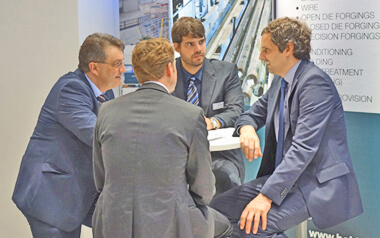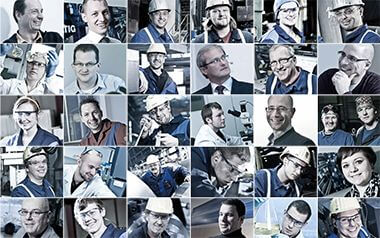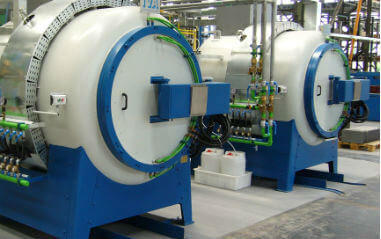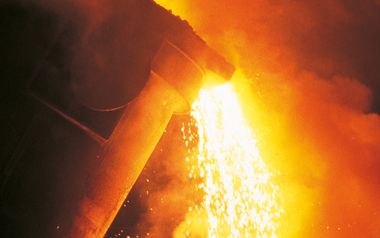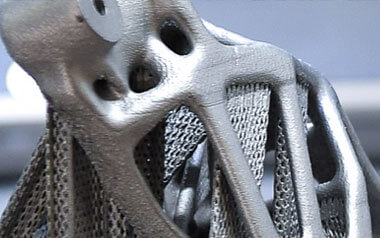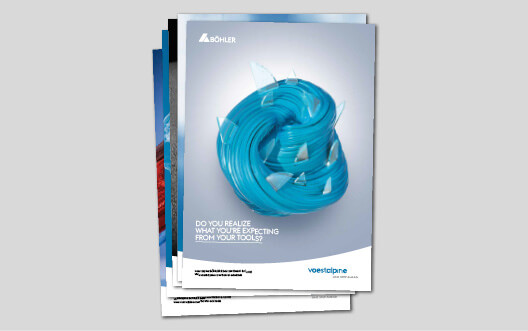Quenched and tempered steel is low-alloyed special steel that is given high tensile and fatigue strength by quenching and tempering. The toughness is determined by the ratio of hardness and temperature of the subsequent tempering process. This is a mostly martensitic, in some cases bainitic transformation hardening in which the ratio of strength to toughness is specifically influenced.
The carbon content is approximately between 0.2 and 0.65 %. The different alloy contents of chromium, manganese, molybdenum and nickel, sometimes also vanadium, are very precisely matched to the respective application and have a particular influence on larger cross-sections.
Quenched and tempered steel is mainly used for dynamically stressed parts in mechanical engineering and toolmaking. Among other things, it is used to make shafts and crankshafts, bolts, screws and connecting rods as well as axles and structural parts that are characterised by higher strength. These include, for example, aircraft landing gear, which can achieve tensile strengths of up to 2000 MPa.
With regard to the weldability of quenched and tempered steels, it should be noted that local hardening in the weld zone must be expected, especially for steels with a higher alloy content, in particular the carbon content. Therefore, preheating and postheating is usually necessary.
Heat-treatable steels, preferably with higher Cr, Mo, V contents and sometimes additionally alloyed with Al, are also suitable for surface hardening by nitriding, which significantly increases wear resistance and fatigue strength.
Maraging steels are special ultra-high-strength steels of the Fe-18% Ni-Co-Mo type with excellent properties, especially strengths up to over 2000 MPa. However, such steels are not corrosion resistant. This group of steels achieves the martensitic structure not through C or N but through higher Ni contents at low C and N contents. This results in higher toughness and better weldability. Alloying elements such as Mo, Co, Ti and Al are used to achieve hardenable alloy systems, whereby an increase in strength is brought about by the precipitation of intermetallic from the martensite in the course of heat treatment. The heat treatment of maraging steels is simple and low in distortion and consists of a solution heat treatment with a final age hardening treatment at temperatures of approx. 430 to 520°C.
Maraging steels are usually melted in a vacuum induction furnace and subsequently remelted in a vacuum arc furnace due to the high alloy content and the high content of oxygen affinity elements, such as Ti and Al.
Common applications of such steels are mechanical engineering, e.g. fastening elements, shafts, springs, gears and lightweight construction, e.g. in the aerospace industry but also for tools and machine tools.


